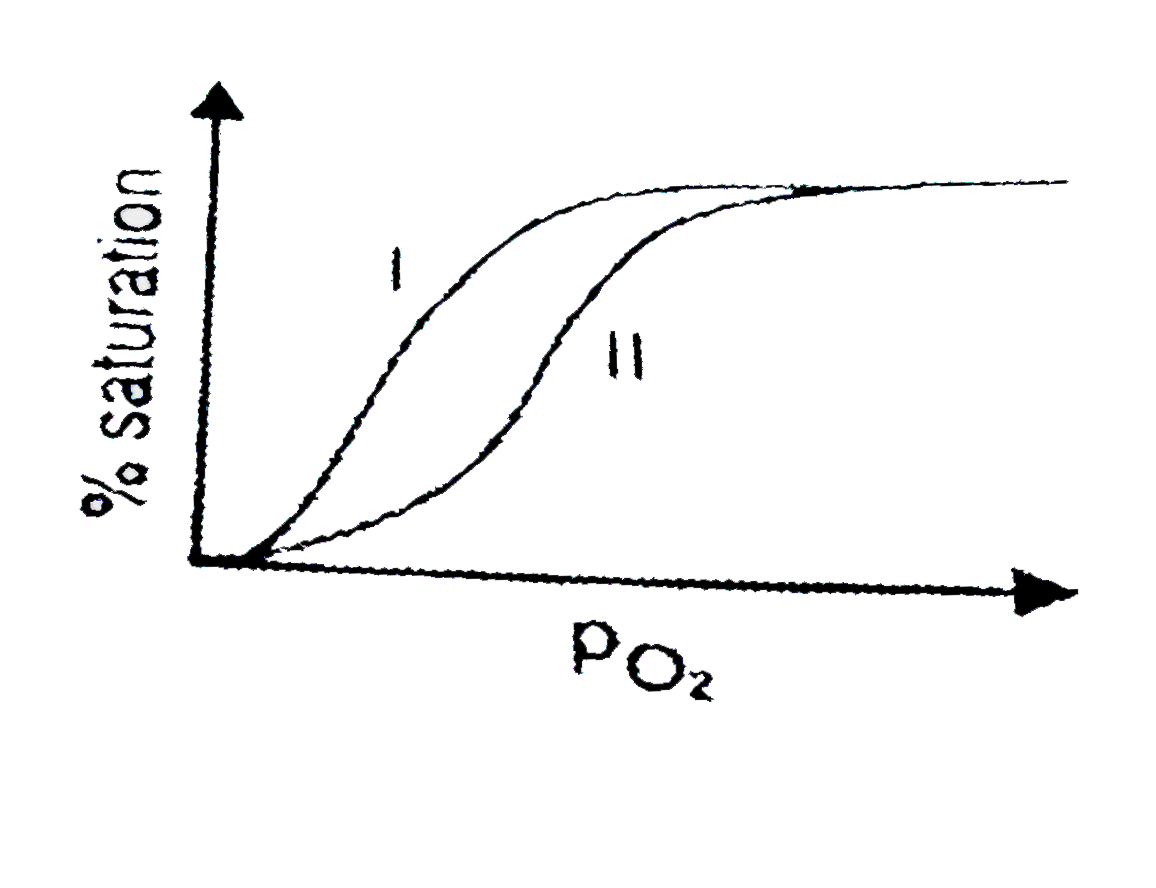NADH2 generated in glycolysis produces ATP in ETS in presence of O2. In absence of O2 this NADH2 functions as
Oxidising agent
Phosphorylating agent
Reducing agent
Carboxylating agent
The correct Answer is:C
To solve the question regarding the role of NADH2 in the absence of oxygen, we can break it down into the following steps:
1. Understanding NADH2 Production:
- NADH2 is produced during glycolysis, which is the process of breaking down glucose to extract energy. This process occurs in the cytoplasm of the cell.
2. Role of NADH2 in Aerobic Conditions:
- In the presence of oxygen, NADH2 donates electrons to the electron transport system (ETS), leading to the production of ATP. Each NADH2 can yield approximately three ATP molecules when oxygen is available.
3. Condition of Absence of Oxygen:
- When oxygen is not present, the electron transport chain cannot function because it relies on oxygen as the final electron acceptor. This leads to a different metabolic pathway.
4. Function of NADH2 in Anaerobic Conditions:
- In the absence of oxygen, NADH2 cannot donate electrons to the ETS. Instead, it must be oxidized back to NAD+ to allow glycolysis to continue. This process is crucial for regenerating NAD+ so that glycolysis can proceed and produce ATP in anaerobic conditions.
5. Identifying the Role of NADH2:
- In this context, NADH2 acts as a reducing agent. It donates electrons to other molecules, which allows the conversion of NADH2 back to NAD+. This is essential for the continuation of anaerobic respiration or fermentation.
6. Types of Fermentation:
- There are two main types of fermentation processes where NADH2 acts as a reducing agent:
- Lactic Acid Fermentation: Occurs in muscle cells and some bacteria, where NADH2 reduces pyruvate to lactic acid.
- Alcoholic Fermentation: Occurs in yeast, where NADH2 reduces acetaldehyde to ethanol.
Final Answer:
In the absence of oxygen, NADH2 functions as a reducing agent.
---
- NADH2 is produced during glycolysis, which is the process of breaking down glucose to extract energy. This process occurs in the cytoplasm of the cell.
- In the presence of oxygen, NADH2 donates electrons to the electron transport system (ETS), leading to the production of ATP. Each NADH2 can yield approximately three ATP molecules when oxygen is available.
- When oxygen is not present, the electron transport chain cannot function because it relies on oxygen as the final electron acceptor. This leads to a different metabolic pathway.
- In the absence of oxygen, NADH2 cannot donate electrons to the ETS. Instead, it must be oxidized back to NAD+ to allow glycolysis to continue. This process is crucial for regenerating NAD+ so that glycolysis can proceed and produce ATP in anaerobic conditions.
- In this context, NADH2 acts as a reducing agent. It donates electrons to other molecules, which allows the conversion of NADH2 back to NAD+. This is essential for the continuation of anaerobic respiration or fermentation.
- There are two main types of fermentation processes where NADH2 acts as a reducing agent:
- Lactic Acid Fermentation: Occurs in muscle cells and some bacteria, where NADH2 reduces pyruvate to lactic acid.
- Alcoholic Fermentation: Occurs in yeast, where NADH2 reduces acetaldehyde to ethanol.
In the absence of oxygen, NADH2 functions as a reducing agent.
Topper's Solved these Questions
- RESPIRATION IN PLANTS BOOK - AAKASH INSTITUTE ENGLISHCHAPTER - RESPIRATION IN PLANTS EXERCISE - Assignment (Section C)
39 Videos
- RESPIRATION IN PLANTS BOOK - AAKASH INSTITUTE ENGLISHCHAPTER - RESPIRATION IN PLANTS EXERCISE - Assignment (Section D)
10 Videos
- RESPIRATION IN PLANTS BOOK - AAKASH INSTITUTE ENGLISHCHAPTER - RESPIRATION IN PLANTS EXERCISE - Assignment (Section A)
50 Videos
- REPRODUCTIVE HEALTH BOOK - AAKASH INSTITUTE ENGLISHCHAPTER - REPRODUCTIVE HEALTH EXERCISE - Sectoin -D Assertion - Reason Type Questions
22 Videos
- SEXUAL REPRODUCTION IN FLOWERING PLANTS BOOK - AAKASH INSTITUTE ENGLISHCHAPTER - SEXUAL REPRODUCTION IN FLOWERING PLANTS EXERCISE - Assignment (SECTION D)
20 Videos
Similar Questions
Knowledge Check
Which of the following cellular metabolic processes can occur both in the presence or absence of O2?
AGlycolysisBFermentationCTCA cycleDElectron transport coupled with chemiosmosisThe pyruvic acid formed during glycolysis is oxidised to CO2 and H2O in a cycle called
ACalvin cycleBNitrogen cycleCHill reactionDKreb's cycle
Haemoblobin is a Fe containing protein responsible for oxygen transport in the blood. The curves given below indicate the percentage suturation of haemoglobin by O2 as a funcion of partial pressure of O2.
Which of the following statement/s is/are correct for the given curves?
I. In presence of CO2, higher PO2 is needed for a given percentage saturation.
II. In presence of CO2, lower PO2 is needed for a give percentage saturation.
III. The maximum percentgae saturation is not affected by the presence of CO2
IV. In the absence of CO2, maximum saturation of haemoglobin occurs at lower pO2.

View SolutionThe number of NADH2 molecules produced in EMP is
View SolutionName the main products in the following reactions:
2-Butene reacts with O3 in presence of Zn-dust and H2O
View SolutionName the main products in the following reactions:
2-Butene reacts with O3 in presence of Zn-dust and H2O
View SolutionName the main products in the following reactions:
2-Butene reacts with O3 in presence of Zn-dust and H2O
View Solution2NADH(H+) produced during anaerobic glycolysis yiled
View Solution
